Pelvic Pain and the Emotional Connection: A quick review of what we know
As an Acupuncture Physician, I have worked with hundreds of people in pain. As a specialist in Women’s health, many of them aren’t coming to me for knee and shoulder pain, they are coming in with complex pain of the pelvis and abdomen, lower back, uterus, ovaries, and bladder. They come with endometriosis, fibroids, uterine cysts, post-operative pain, pain from scars and adhesions, and undiagnosable, mystery pain.
Each of them has an emotional component, whether they know it or not. It’s not their job to know that their feelings, thoughts, and emotions can influence how they feel pain. It’s my job.
Emotional trauma contributes to pelvic floor dysfunction or pain through various mechanisms. As pelvic floor therapy gains traction, well deservedly, explorations of the relationship between psychological distress and pelvic floor disorders are increasing and the healthcare industry is paying attention.
One possible explanation is the involvement of the sympathetic nervous system, which is responsible for the body's "fight-or-flight" response. Emotional trauma can activate this system, causing prolonged muscular tension, including those of the pelvic floor. If we understand that some people “carry their stress” in their shoulders and neck, we should recognize they can carry it in their abdomen and pelvis, too.
Chronic muscular tension is uncomfortable, at the least, but can contribute to significant pain and dysfunction in the pelvic region (1). Bladder problems, bowel problems like IBS with constipation and diarrhea, sciatica, and lumbar pain can all relate to chronic muscle tension from stress, trauma, and emotional imbalances.
In the study of pain, research shows that psychological distress can disrupt the regulation of pain perception. Studies have shown that individuals with a history of emotional trauma may exhibit altered pain sensitivity, including heightened pain perception or increased pain sensitivity in general (2). This altered pain perception can contribute to the experience of pelvic floor pain or exacerbate existing symptoms. People with higher ACE scores, or Adverse Childhood Events, are more likely to experience chronic illness and chronic pain. Those with PTSD or other diagnosable conditions are also more likely.
But for many people, their emotions and feelings aren’t a diagnosable condition, but rather a subtle and unconscious contributor to their discomfort. Most conventional medicine separates the two things, pain from mental and emotional health, therefore, finding a unique healthcare approach is a challenge.
Emotional trauma can also have indirect effects on pelvic floor function. For example, it can lead to changes in lifestyle habits, including reduced physical activity or increased stress levels. These changes can, in turn, contribute to a worsening pelvic floor dysfunction (3). It becomes a vicious cycle where each aspect feeds more discomfort and dysfunction and can lead to a diminished quality of life.
For women actively trying to conceive, these issues can become very problematic as some directly affect their ability to conceive, spontaneously or otherwise. Any type of pelvic instability or condition can be concerning for carrying a healthy pregnancy, not to mention the exacerbation of pelvic distress resulting from pregnancy and birth.
For many women, this is an unfortunate part of life that will require some level of intervention at some point. The Fertility Resort facilitates education about this topic, in the hopes it brings all women closer to a deeper understanding of their life and body.
While evidence suggests a link between emotional trauma and pelvic floor dysfunction, the understanding of this relationship is still evolving, and further research is needed.
Stay tuned for our upcoming event, “Pelvic Psychology: How Trauma Affects Your Pelvic Floor,” with Dr. Justine Roper.
Citations:
1. Browning A, et al. Psychological Trauma and Pelvic Floor Pain. Current Bladder Dysfunction Reports. 2017;12(4):301-307.
2. Mansfield KE, et al. A systematic review and meta-analysis of the association between psychological distress and urogynaecological dysfunction in postmenopausal women. Menopause International. 2016;22(2):88-98.
3. Labus J, et al. Sex differences in brain activity during aversive visceral stimulation and its expectation in patients with chronic abdominal pain: a network analysis. NeuroImage. 2008;41(3):1032-1043.nsert article body…….]

